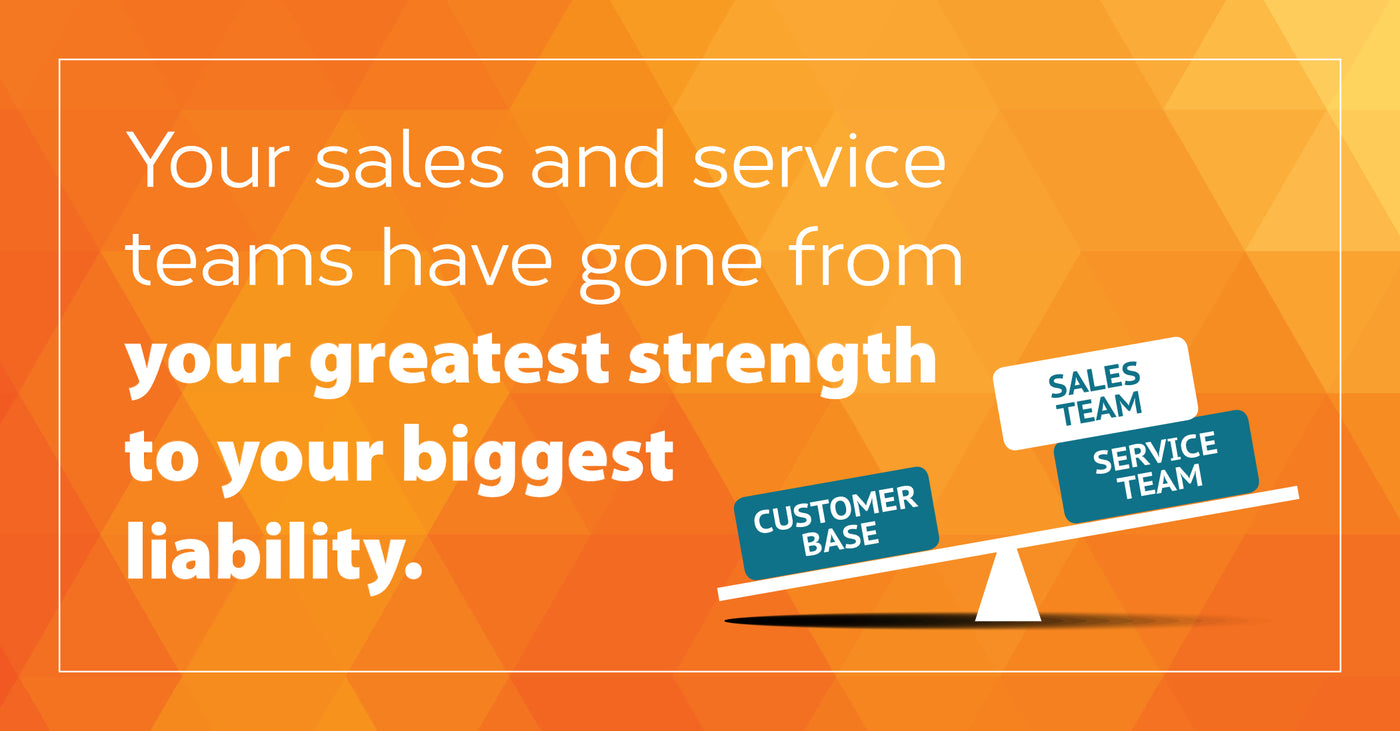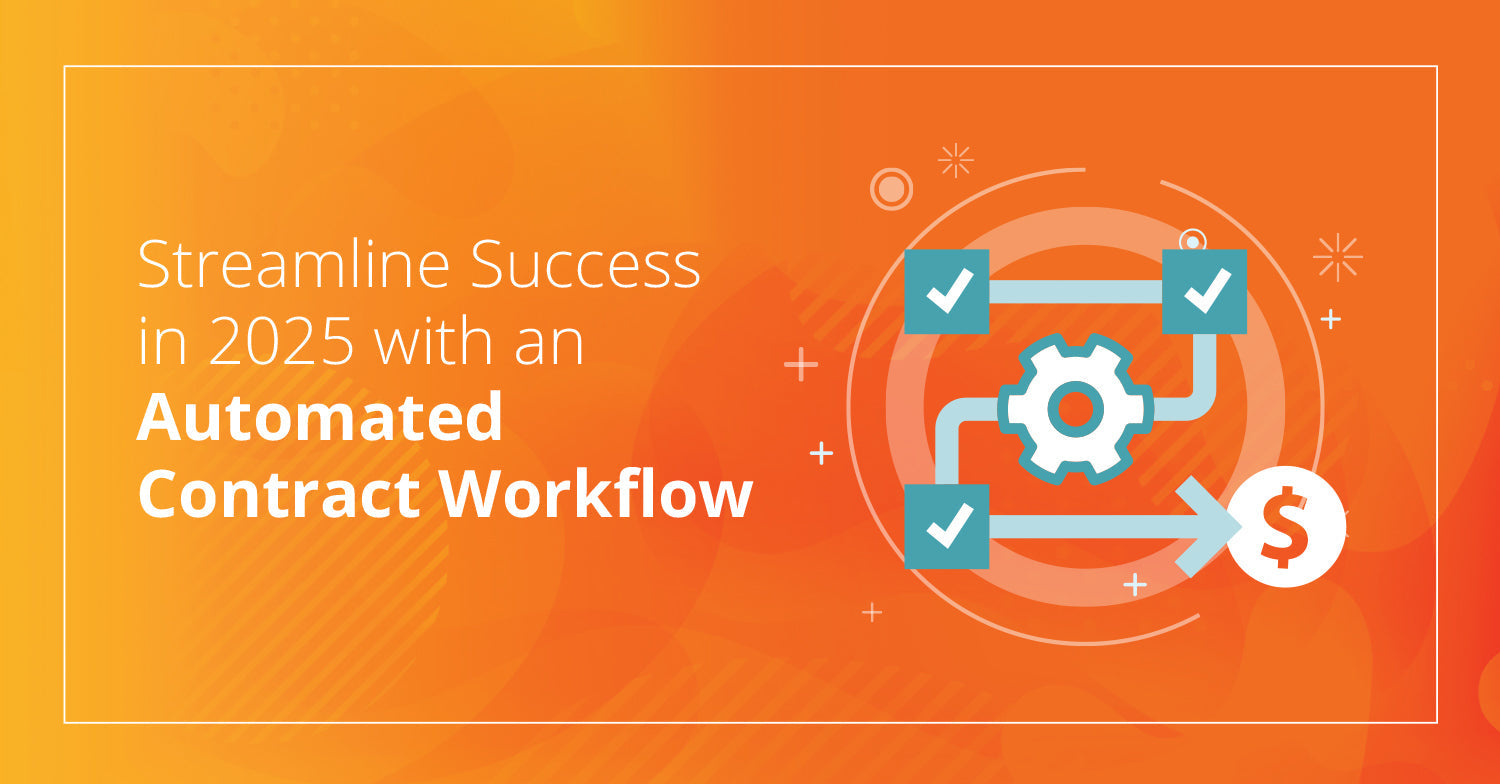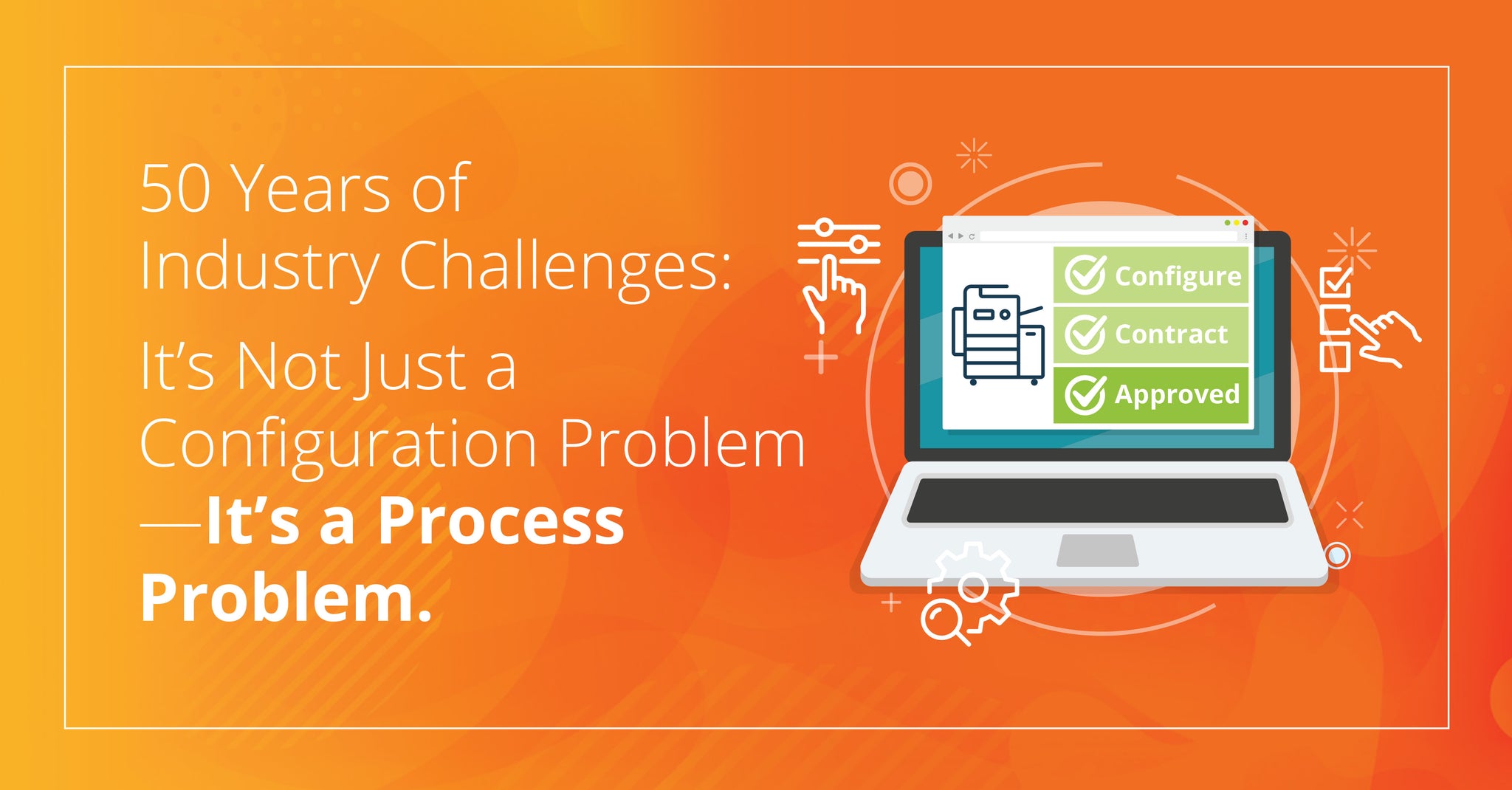
When a market changes, like office printing, owners look at new ideas as opportunities. As customers migrate away from their old buying patterns, they see these opportunities as threats. They fight them and justify why the new approach is a bad idea. Finally, when the new idea becomes entrenched, they adopt. Hopefully, they adopt before it’s too late. Here’s why office printing has now entered the end game of A3, and you need to recognize it before your business hits the end game.
Don’t ask me, ask your sales team. How have they done in the last 12 to 18 months? Are they “making plan?” Are you shipping out as many A3 boxes as you did last year? No way. As monthly page volumes decline, businesses are finding their printing needs met with smaller and smaller devices. The below graph shows why this is happening.

We’ve reached a tipping point where the $1000 color MFP is replacing the $8,000 copier. Most customers no longer need the larger devices and, one by one, your customers are finding that out. Again, don’t listen to me, look at your data. Look at your remote monitoring system or ask BEI Services (assuming you use their data.) 90% of all devices are now printing less than 3,000 pages per month. 90%. If you continue to prescribe A3/copiers for these customers, you risk losing customers forever. Here’s a better way to think about this:

OEMs like Xerox and HP are offering devices that can easily print between 2,000 and 4,000 pages per month for less than $1,000. The effective costs are less than 1 cent in black and white, and 4 cents for color. Sure, you can get a slightly lower CPP on larger A3 devices, but with a much higher monthly hardware cost.
It’s likely that you cannot sell these smaller devices with your current feet on the street sales model. That is not your customer’s problem to solve; it’s your problem. Until you solve that problem, your business will continue to decline. Companies with a more automated sales process are already taking market share—that is why we are seeing a vendor like HP growing when most others are shrinking.
Another major issue facing the traditional dealers is the continued overreliance on the field service model. Selling $1000 devices means there is little to no service required. Devices are viewed like all other technology: amortize over three years, replace rather than repair.
Five years ago, your sales and service organizations may have been core strengths of your business—a foundation for future growth. That is no longer the case. Your customer base is now your most important asset.
E-commerce and digital automation must now be viewed not as something that would be a neat idea, but as your only viable option to sustain and grow your business moving forward. Maybe I’m wrong? But it costs $3,000 for an e-commerce portal. Is it worth that to see if I’m wrong?


